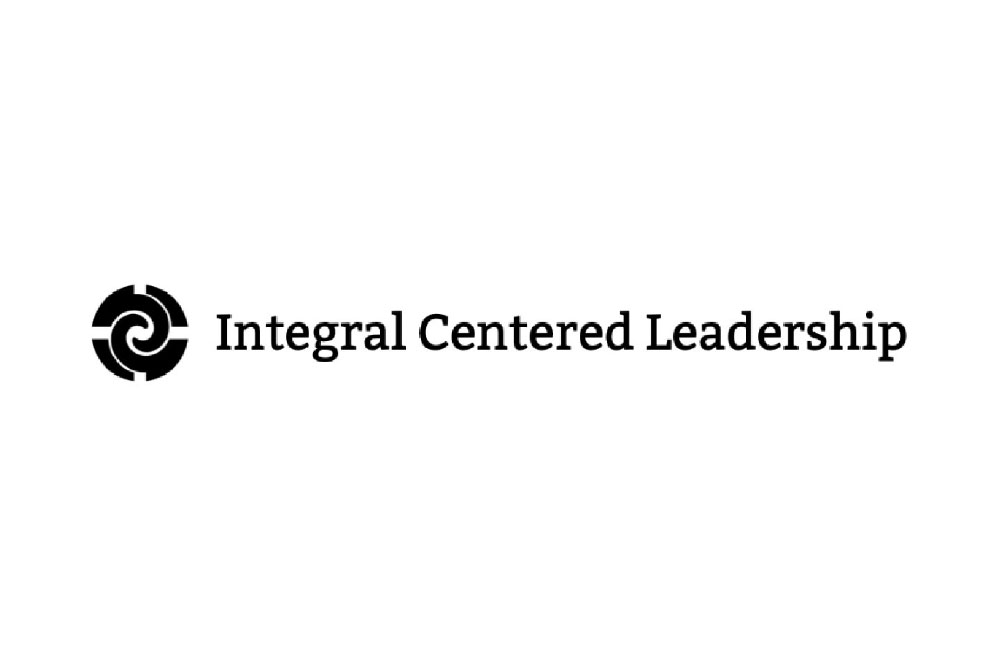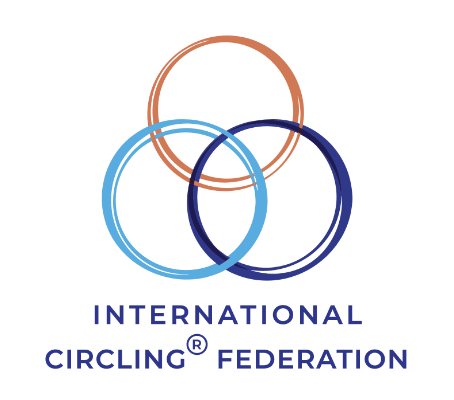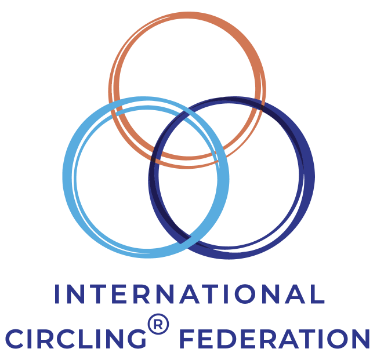A Message from Circling Creator: Guy Sengstock
The establishment of this International Circling Federation lands for me as simultaneously exciting, and intimidating. I don’t think Jerry and I, as we co-created the experience and training that we called Circling in the late 90’s could ever have imagined it reaching as many people, in as many different countries and languages, as it has today.
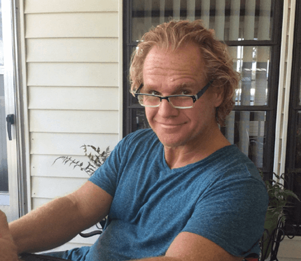

About the Trademark
What is Circling?
Circling is a brand of facilitation, training and/or coaching using a communication system based on authenticity, deep empathic listening and meditative presence. It consists of a combination of distinct qualities, skills, and principles that strengthen both interpersonal communication & relational intelligence, and extend our perceptual range.
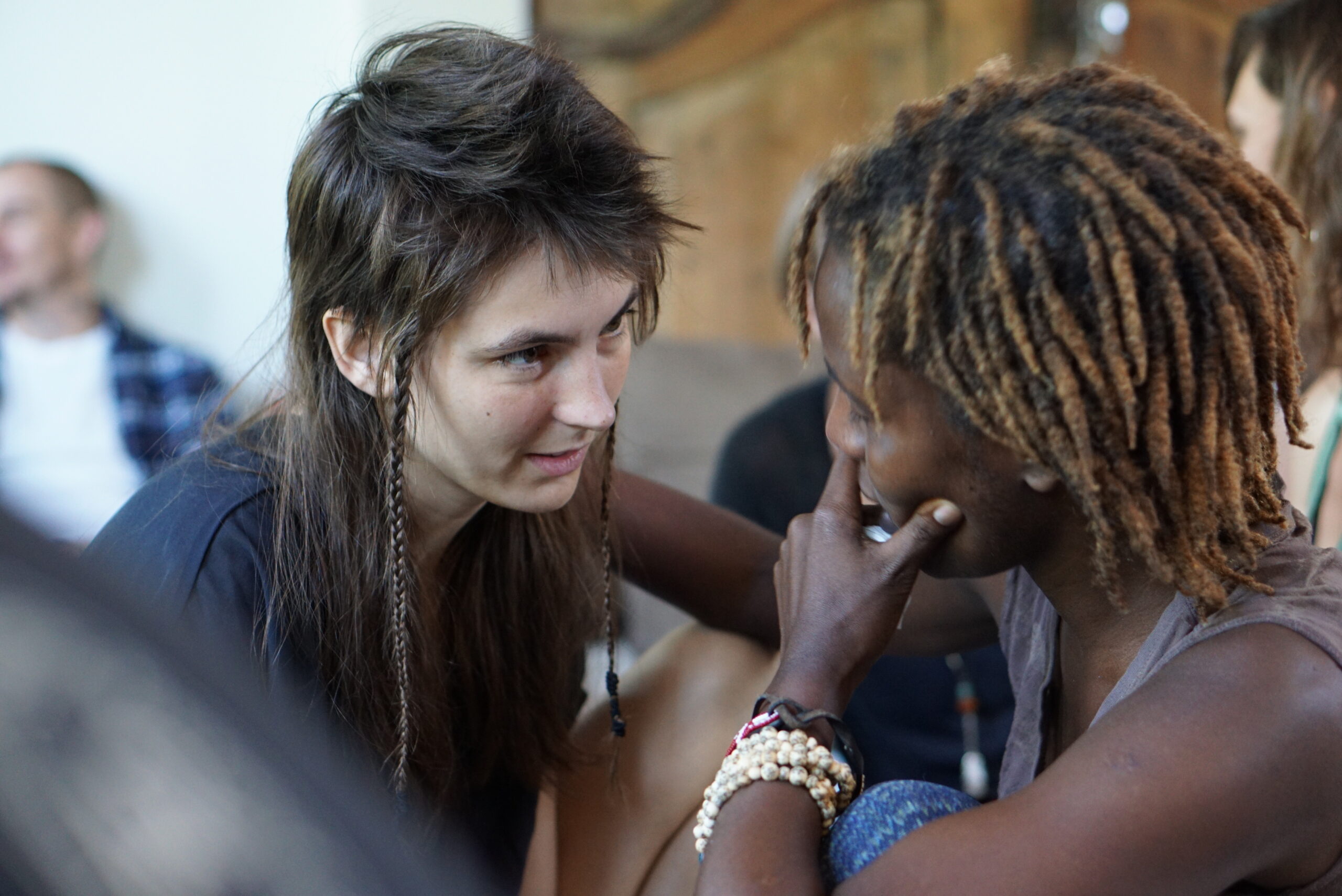
What Happens in a Circle
A Circling session typically begins with an individual or group of individuals (typically 4-10) putting their curious & open attention on someone (the person or persons being “Circled”). The facilitator and/or participants notice what it’s like being with them, moment by moment. They share impact and observations, and co-explore what this person’s experience and world is like, essentially getting into deep relationship with what is most true and alive for them.
How the International Circling Federation serves trained Circlers… And Circling enthusiasts
Although at its core the methods and techniques used in Circling® seem elegantly simple, it is actually quite complex, and nuanced, especially from the point of view of leadership. This is why individuals undergo extensive training to get certified to do so. Given how many unknowns can happen with untrained practitioners, we highly suggest…

CERTIFIED
CIRCLING® SCHOOLS
Across the globe there are 3 certified schools that have taught three distinct forms of Circling. The Original Circling Approach, and each of the two schools that developed from it (The European Circling Approach and The Integral Circling Approach.) All hold true to the core nature of Circling as detailed above, but each has a unique style and practice that make their line of Circling distinct from the others. Read on to learn more about each school.
The Original Circling® Approach - The Circling Institute
The Circling® Institute is the only school currently certifying new practitioners in Circling.
They call their version of this work “The Original Circling® Approach” because Guy Sengstock, one of TCI’s co-owners, founded Circling over 20 years ago and the separate lineages all arose out of his original distinctions.
What makes their version unique is the 7 Stages of Circling model, and how each stage of this model combines with their underlying Agreements to progressively take you deeper into your experience and inner world, past what you already know about yourself, into the uncharted territory of what has been too difficult to face and be with alone.


The European Circling® Approach - Circling Europe
Circling Europe is a retired school… It no longer certifies students in Circling, but in the years it was active, it trained many artful practitioners.
They describe their European Circling Approach as follows:
Deepening into the present moment allows us to explore the infinite potential of connection. The European Circling Approach supports the revealing of depths in relationship and uncovers the gifts hiding in plain sight between us. It continually surprises us how much connection, insight and aliveness emerges when human beings can skilfully meet in presence.
The Integral Circling® Approach - Integral Centered Leadership
Integral Centered Leadership is a retired school… It no longer certifies students in Circling, but in the years it was active, it trained many artful practitioners.
Their approach consists of three foundational principles;
- There is only one conversation happening in the group, as opposed to multiple people talking at once.
- The focus of the conversation and attention is facilitated to the present moment.
- There is a facilitator who sets an explicit context, ensures consent from all participants, and aligns the practice with this context through to completion.
